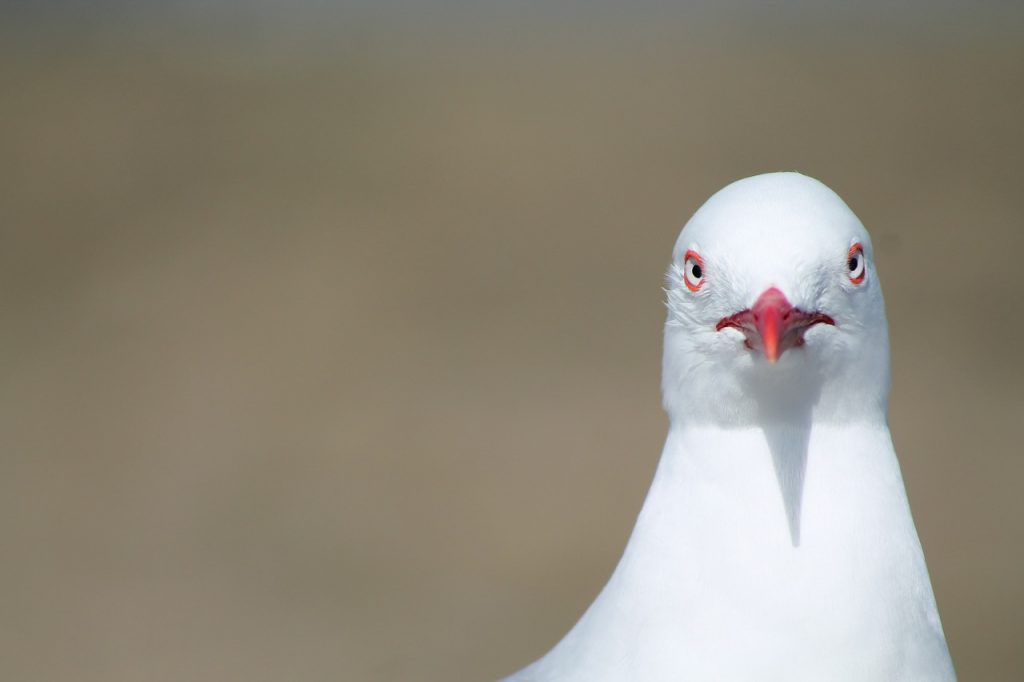 In the past couple of years we have seen the meteoric rise in the consumption of coconut water. Cold, refreshing coconut water. Drinking some is like being punched in the mouth by a tropical breeze. Coconut water is now everywhere. People drink it before and after working out. It’s added to everything, such as fancy smoothies made with flaxseed and goji berries. It’s flavored with mango and pineapple juice. Coconut water is delicious. And it’s excellent for hangovers. Not that I would know from experience or anything.
In the past couple of years we have seen the meteoric rise in the consumption of coconut water. Cold, refreshing coconut water. Drinking some is like being punched in the mouth by a tropical breeze. Coconut water is now everywhere. People drink it before and after working out. It’s added to everything, such as fancy smoothies made with flaxseed and goji berries. It’s flavored with mango and pineapple juice. Coconut water is delicious. And it’s excellent for hangovers. Not that I would know from experience or anything.
Recently we have also seen the rise in “equity.” I don’t know about you, but in Seattle, the term “equity” has become ubiquitous. You can’t walk down the street without hearing someone saying something like, “Equity. Equity, equity, equity. Blah blah community engagement Seahawks equity.” Funders are incorporating the terminology and concepts of equity more into their work. People are having summits on it. Strategic plans incorporate it. It’s included now in many organizations’ set of basic values. “Equity” will become one of the top baby girls’ names soon, believe you me (If I had three daughters, I would name them Equity, Charity, and General Operating Funds). Continue reading “Is equity the new coconut water?”



